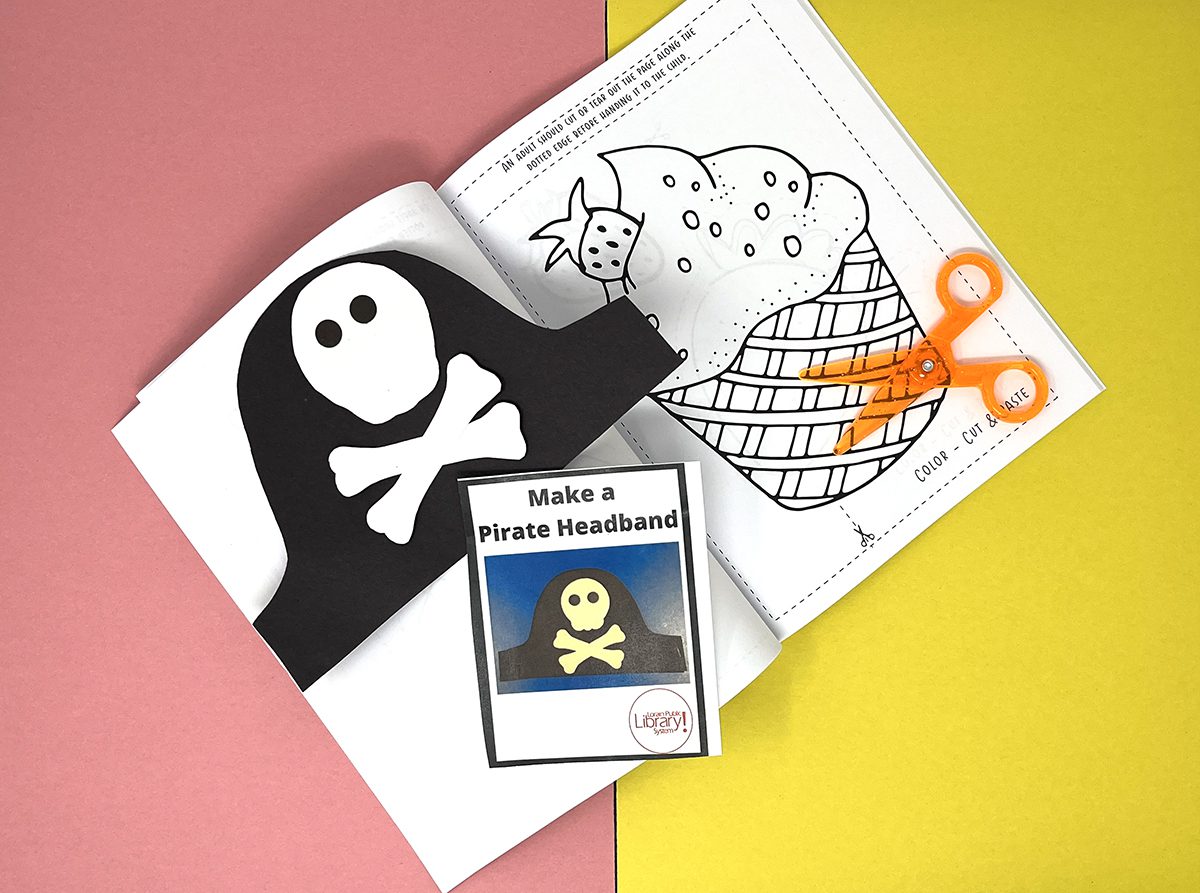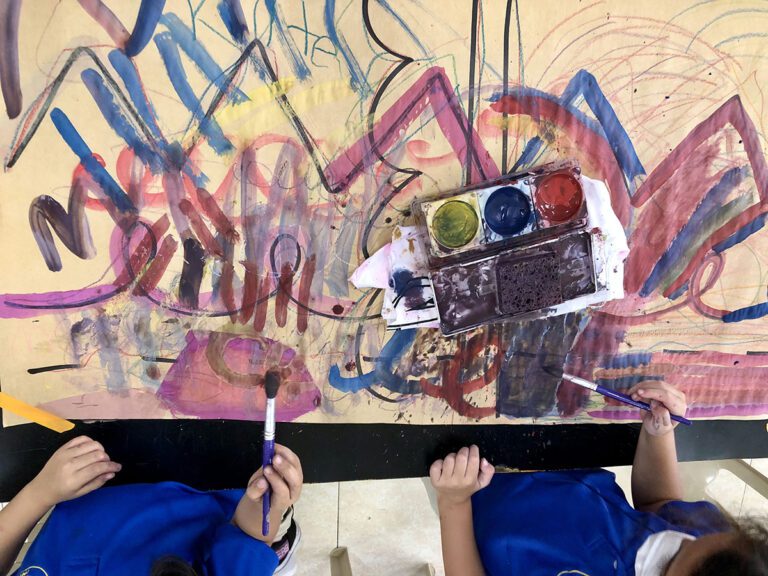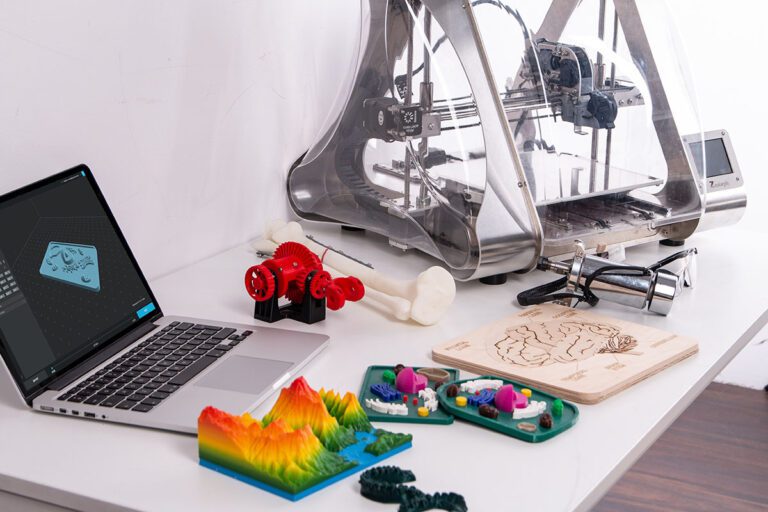Nine months out of the year, students work hard. We fill their heads with so much knowledge—writing, problem-solving, reading, and even drawing. Nothing can quite compare to the feeling of warm air on your face as the last bell rings for summer vacation. Some students even hail a line from Mel Gibson in Braveheart as they walk out the doors, “Freedom!” But all the time spent sitting poolside can lead to summer learning loss or summer stagnation, as some researchers refer to it. Simply put, students can forget what they learned during the school year.
Did you know that 9 out of 10 teachers spend the first three weeks of the school year reteaching last year’s material? This may seem like a time to pull the fire alarm! The statistic may be true, but the National Summer Learning Association advises keeping summer activities fun, enjoyable, and low-key. Children need to unplug from their structured school lifestyle.
So put on those shades, kick back, and let AOEU share tips to prepare students for summer art readiness and ways to engage little artists over the dog days of summer.
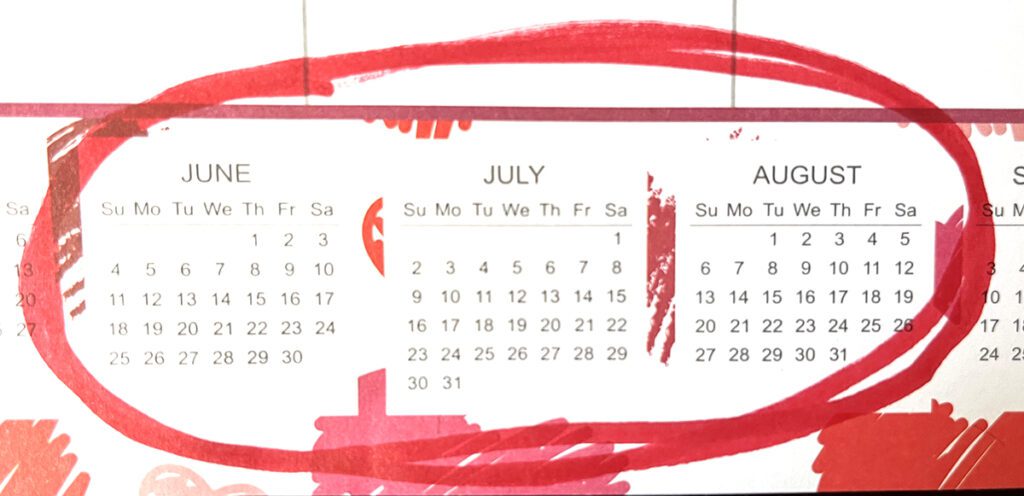
If students are giving up part of their summer to do a required art activity, it has to sustain them. Plus, you may be competing with many other choices they could make, such as riding bikes, swimming, going to the park, eating ice cream, and more. Therefore, your art lessons or activities have to be cooler than eating ice cream! It is a tough call, but we can do it.
When choosing summer art activities, make sure they are:
- Fun and engaging
- Creative and innovative
- Personalized
One way to hit all of these components is to consider ways for students to get involved in their community. This can help them develop important skills such as socialization, critical thinking, problem-solving, and reflection. These are skills that we, as educators, place a lot of emphasis on, especially in the art room. This skill practice can reinforce meaningful ideas like creating social change, artists as activists, and being dynamic participants in the community.
Parents often ask how they can keep their children involved in the arts, especially over the summer. We can provide them with fantastic art activities, but we are not there to oversee anything. Who is checking up to make certain the students are completing these tasks?
A structured setting or program is an ideal option. Encourage programming that explores different topics of study than in the art classroom. For example, there may be a local STEAM or eco-art camp. This is a great opportunity if you don’t have the time or resources to cover this in your curriculum during the school year. Summer art activities like this can maintain a bridge to fall learning goals and give students a chance to check out something different.
Here are six places to encourage students to visit over the summer that may have structured programs:
- Community arts centers
- Nature centers
- Local libraries
- Colleges and universities
- Online programs
- Private lessons
If a structured setting or summer camp program is not an option for your students, making projects at home is still better than nothing. In the 10 Pillars of a Good Childhood, Arts Education Policy Review shares that one pillar is creative expression through music, dance, drama, and other arts. Visual art is, of course, the other arts! Therefore, any artistry children can engage in at home benefits their childhood. As art educators, we can suggest summer artmaking ideas for our student artists with a letter home to parents at the end of the year.
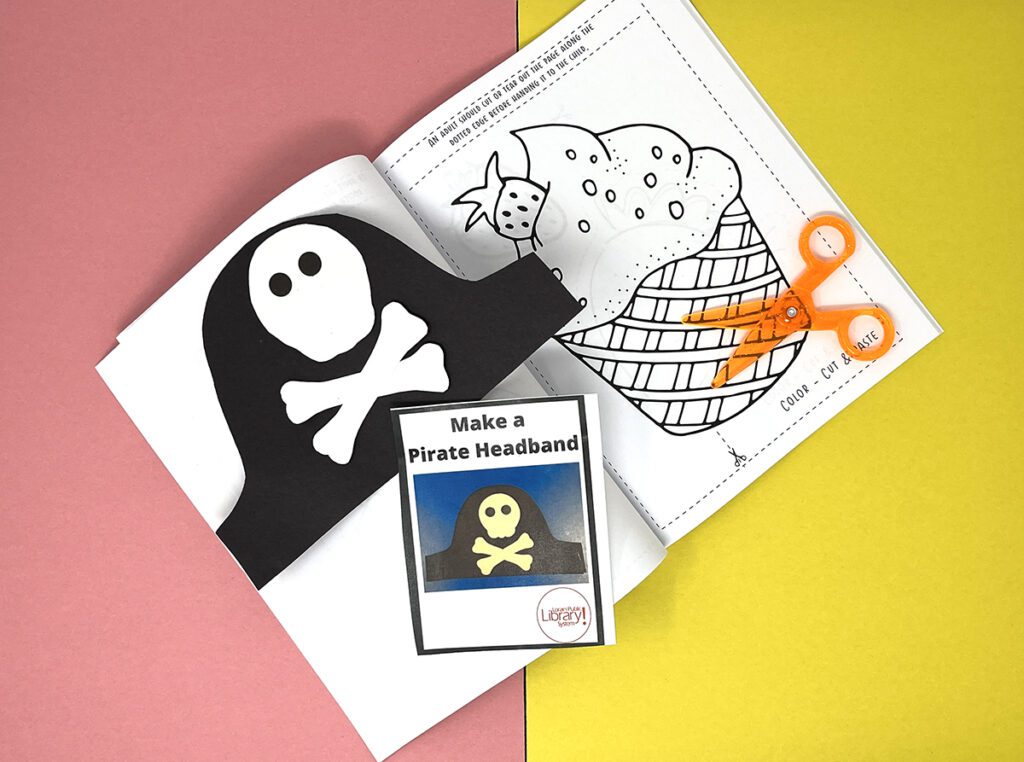
Here are four ways for students to make the most of home artmaking over the summer.
1. Encourage parents/guardians to get involved with their child’s creativity.
Any time a child is making art is a great time for an adult to sit down and create or chat with them. This can be as simple as coloring with your child or asking questions about what color choices they will make or what their artwork means to them. Share this download with parents to provide them with helpful ways to talk to their children about their art.
2. Be resourceful.
Art does not have to be fancy or expensive! Home artists can use recyclables, computer paper, pencils, crayons, scissors, tape, sidewalk chalk, and more to keep the creative juices flowing. You can even provide a recipe for salt dough using flour, water, and salt. Reading art books is also a wonderful way to bridge the summer learning gap.
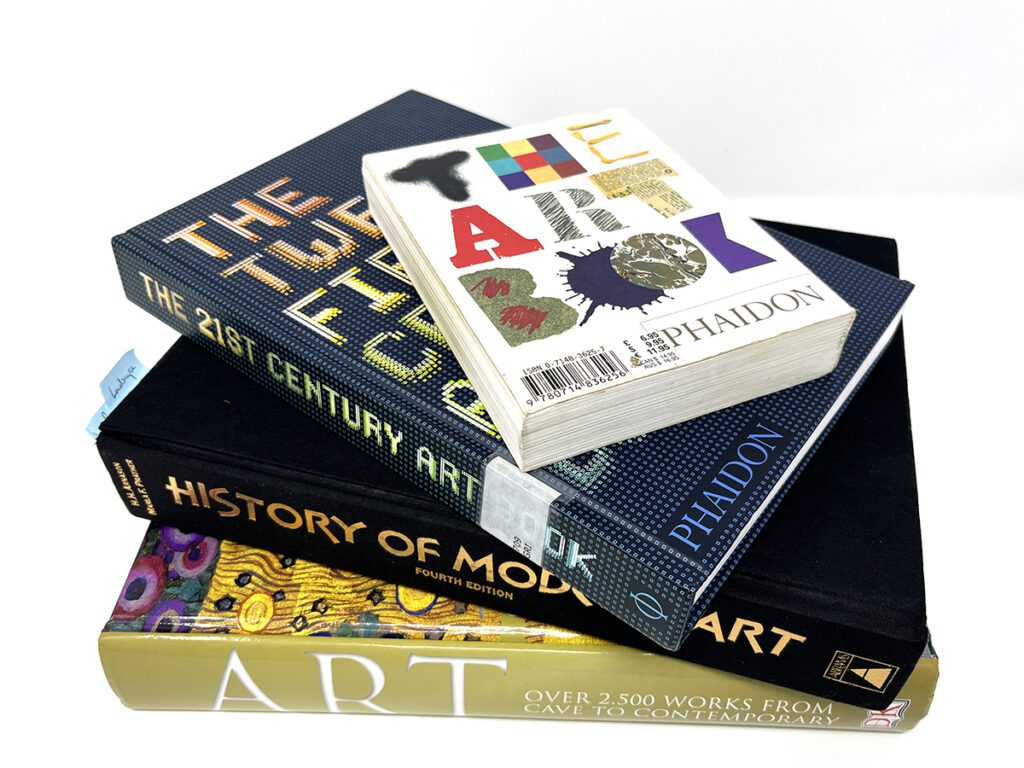
3. Provide take-home packets/information.
Make a little packet for your students to take home. In it, include a list of suggested activities from this article! It can also have local summer art camp information, coloring pages, drawing prompts, art history blurbs, and more.
4. Go on a summer museum meetup.
Note: Follow district and school policies regarding field trips.
Consider choosing a day over the summer for you, your students, and their families to meet at a local museum or art gallery. This can be a neat way to engage your students and families, especially if bussing, sub coverage, and field trips are difficult to navigate during the school year.
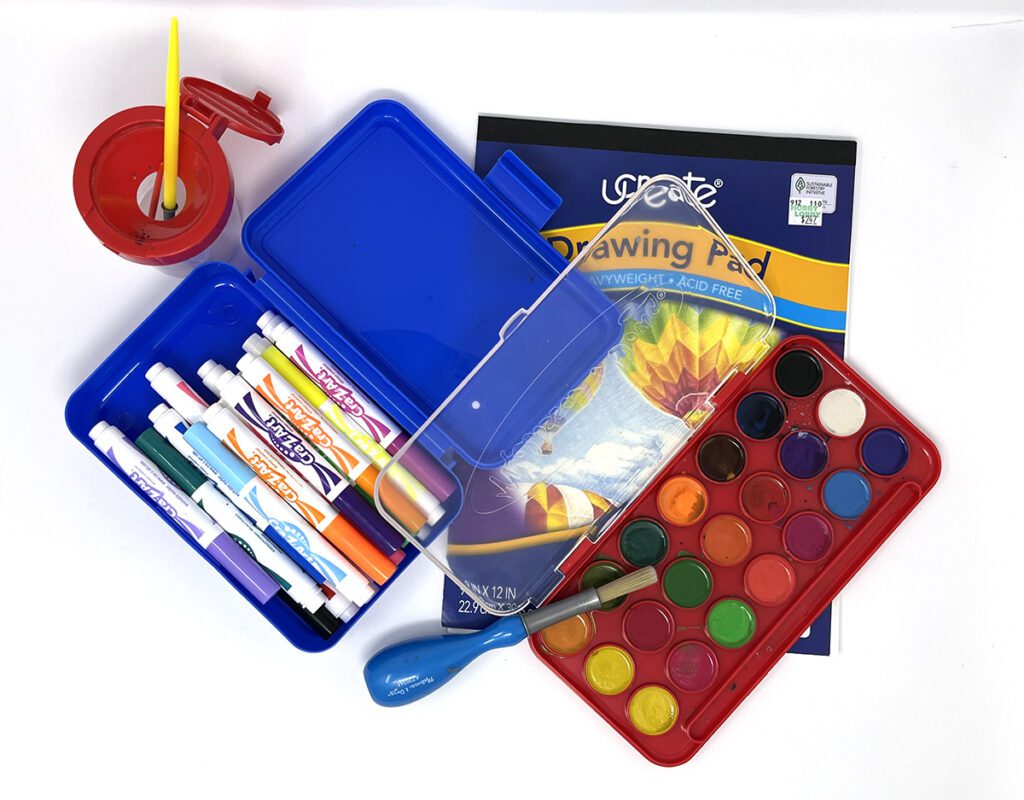
No matter the path student artists and families choose for their creative summer, the most important thing is to engage them in anything artistic. This will challenge their minds and bridge the gap of static time in June, July, and August. Remember, you cannot force students to do anything over the summer. However, you can guide and encourage them. Getting parents and guardians involved and on board is key to summer artmaking. Plus, it will proactively foster positive relationships before the next school year begins!
Do you agree with summer art assignments?
Are there other ways to encourage students to be creative over the summer?
Magazine articles and podcasts are opinions of professional education contributors and do not necessarily represent the position of the Art of Education University (AOEU) or its academic offerings. Contributors use terms in the way they are most often talked about in the scope of their educational experiences.
